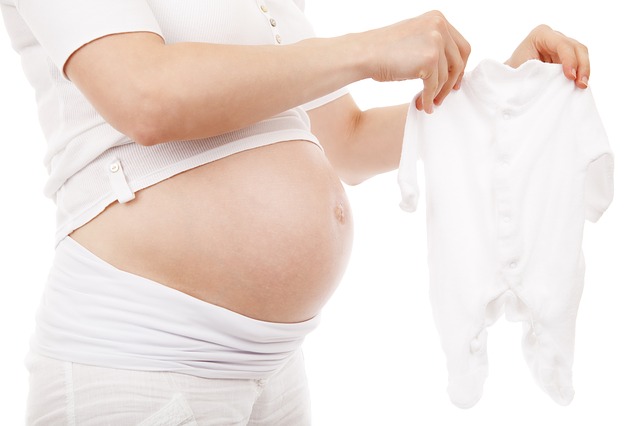
A new study found that most survivors of stage 0 through stage III breast cancer who try to conceive after completing treatment are able to become pregnant and have a live birth. The research will be presented at the 2024 American Society of Clinical Oncology (ASCO) Annual Meeting, taking place May 31-June 4 in Chicago, Illinois.
About the Study
“This study was designed to address gaps in the literature by reporting on pregnancy and live birth rates among a prospective group of breast cancer patients and survivors who indicated attempting to conceive following their diagnosis of breast cancer. Moreover, the patient population reported on in this study has a median follow-up of over 10 years and includes those with a history of any prior subtype of breast cancer,” said Dr. Kimia Sorouri, MD, MPH, Research Fellow, Dana-Farber Cancer Institute, Boston, Massachusetts.
This study included 1,213 participants who had been diagnosed with stage 0 to III breast cancer at age 40 or younger from 2006 to 2016. The study did not include people with metastatic disease or those who had their uterus or ovaries removed prior to their breast cancer diagnosis. Of the eligible participants, 197 reported attempting pregnancy over a median follow-up of 11 years.
“Evolving data continues to demonstrate not only the possibility but safety of pregnancy and live birth after breast cancer treatment. This study indicated a significant number of BC survivors attempting pregnancy achieved live birth, particularly those with financial comfort. All young patients interested in fertility preservation should have equitable access to preserve future fertility options.” – Elizabeth Comen, Breast Oncologist at Memorial Sloan Kettering Cancer Center.
Among the participants who had attempted pregnancy:
- The median age at diagnosis was 32
- 74% were non-Hispanic White
- 14% had stage 0 cancer (often called ductal carcinoma in situ, or DCIS), 41% had stage I cancer, 35% had stage II cancer, and 10% had stage III cancer
- 76% had hormone receptor-positive disease
- 68% had received chemotherapy
- 57% had received hormone therapy within 1 year of diagnosis
- 13% had a BRCA1 and/or BRCA2 germline genetic mutation
- 51% reported being financially comfortable, which was defined as still having enough money left over to buy special things after paying their bills
- 51% had never been pregnant and 72% had never given birth at full term
- 28% had undergone fertility preservation at diagnosis, specifically egg or embryo freezing
- 15% reported experiencing infertility before their diagnosis
Key Findings
- Of the patients who attempted pregnancy after treatment, 73% became pregnant at least once, and 65% of the patients reported having at least one pregnancy in which the baby was born alive. The median time from the patients’ diagnosis to their first pregnancy was 4 years.
- Patents who were older at the time of diagnosis were less likely to become pregnant and have a live birth, while patients who were financially comfortable and those who underwent fertility preservation at diagnosis were more likely to become pregnant and have a live birth, respectively.
- There were also many factors that did not seem to impact a person’s chance of becoming pregnant or giving birth among those attempting to conceive, including having a history of infertility, whether they had given birth before, the characteristics of their breast cancer, the type of cancer treatment they received, whether they had a BRCA germline mutation, and their race or ethnicity.
Researchers would like to gain a better understanding of disease outcomes, such as disease-free survival and overall survival, associated with pregnancy and live birth for people with breast cancer. They would also like to perform additional subgroup analyses, including for people with estrogen receptor-negative disease.
This study was funded by Susan G. Komen and the Breast Cancer Research Foundation.
